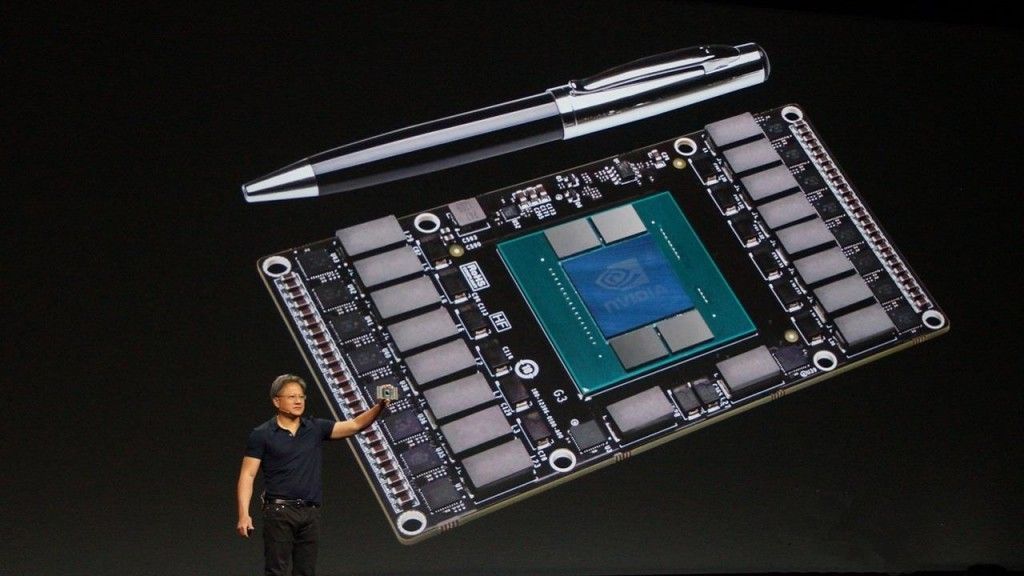TSMC started manufacturing chips in the 7 nm process a few months ago, following its usual strategy of maintaining different processes depending on the characteristics of the individual components. This means that the Taiwanese company has a special process for producing a GPU at 7 nm and another for the SoCs also produced in this process.
We are not aware of the importance of this distinction at first glance, but you will understand it immediately. The process of GPU creation at 7 nm is much more complex than the process of SoC creation for mobile devices, and the reason for this is very simple, both chips have a very different structure and properties.
For example, the SoC A12 Apple will launch this year will feature an improved CPU and a graphics processor based on a much more powerful proprietary design than the previous generation version, but of course, it will not be on the same level as a next-generation GeForce graphics processor. It’s a simple but effective comparison, and it’s not the same to compress an NVIDIA (or AMD) next-generation graphics processor into a 7nm silicon as a low-power CPU and GPU for mobile devices.
In order to drive the manufacturing process at 7 nm and offer its customers a right delivery quantity, TSMC had to use extremely ultraviolet lithography, a technology that Intel has also reserved for the jump to 7 nm, a decision that takes its toll because the chip giant is known to have problems moving towards the 10 nm process. Also, in this case, there is already 10 nm SoCs, but these have much lower complexity and some transistors, which makes it much easier to “compress” them in a lower process.
NVIDIA to launch 7nm GPU soon
In this article, we tell you that AMD is planning to launch a 7nm Radeon Vega 20 GPU with the cooling 32GB HBM2 memory. At the architectural level, this solution will not bring any changes from the Vega 10 GPU we all know and which has been used in professional and universal solutions, but the transition from the 14 nm to the 7 nm process will lead to significant efficiency and temperature improvements that will ultimately have a significant impact on performance.
By reducing the manufacturing process, it will be possible to increase efficiency by about 50% and performance by 30%, which together with this increased amount of graphics memory could make a significant difference, especially when working with scientific tools and applications that require high bandwidth and a lot of memory for specific simulations.
As our regular readers may remember, AMD has confirmed that this 7nm graphics processor will be exclusive to its Radeon Instinct series of professional graphics cards, a step that comes as no surprise, as TSMC is not yet ready to provide enough graphics cores to cover a full generation of mainstream graphics cards. That’s why NVIDIA chose the 12nm process for its new mainstream graphics cards, but the green ones don’t want to be left behind and are doing everything they can to bring a 7nm graphics card to market.
The aim is to respond to AMD and show both consumers and experts that they are “at the top.” Yes, it is more a question of the image than anything else, as such a GPU would only be available to an insufficient extent and in principle only addresses the professional market.
The arrival of the first general purpose graphics cards produced using the 7 nm process could be delayed until 2019. It’s not clear who will be the first to hit the market, but they say that AMD could be ahead with the Radeon RX 600 series based on navigation devices.
We remind you that the GeForce GTX 11-GTX Series 20 will be announced at the end of August and that NVIDIA could launch almost all new generation models before the end of 2018.
